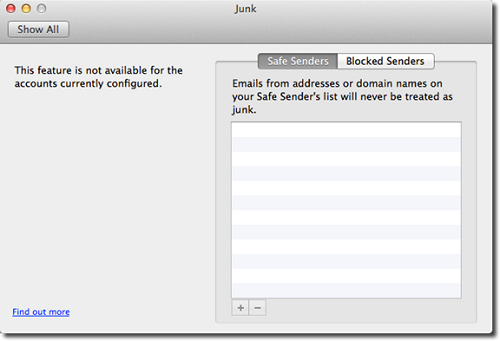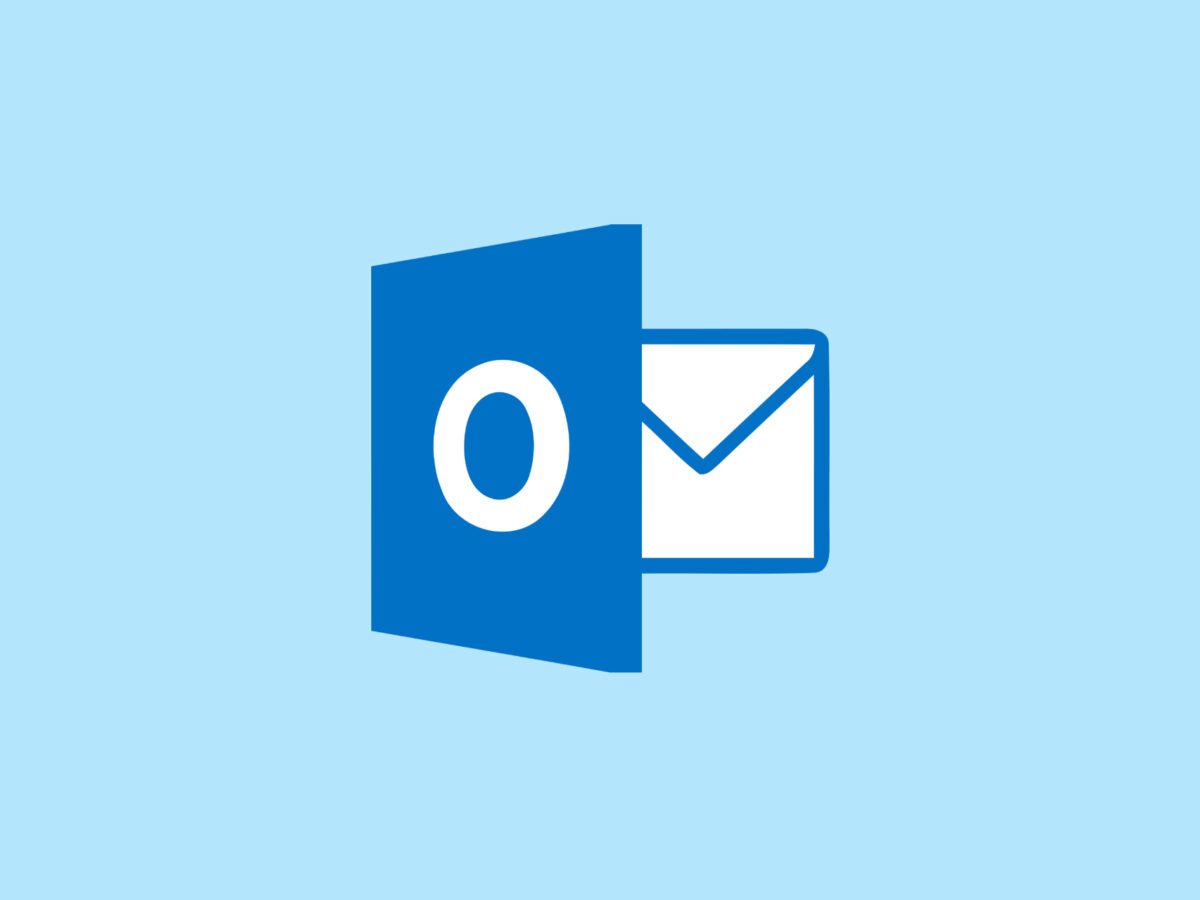

This will open up a window where you can type the address or domain to be added. If you want to make sure that a particular address or domain is added to the safe sender’s list, click the Add button. You can also mark a sender as “safe” by clicking Home > Junk > Never Block Sender (or Never Block Sender’s Domain if you want all emails from that domain to bypass the junk filters). If you clicked Home > Junk > Not Junk for a message that was in the Junk Email folder, and accepted the option to add the sender to the Safe Senders list, this is where their address will end up. The next tab, Safe Senders, contains the list of individuals and domains that Outlook will never treat as junk email.

Setting the junk filter level to “Low” and switching on “Warn me about suspicious domain names in emails addresses (recommended)” will make you safer.

But if you’re using Outlook for a personal account, we recommend you turn this on. If you’re using Outlook in your office, your administrators may be using anti-phishing technology of which you’re not aware. We’re unsure why such a useful tool isn’t a) turned on by default and b) more widely publicized by Microsoft, but it isn’t.
#How to flag email as not junk outlook 2016 how to
We’ve talked about phishing emails for years, shown you how to use software features to help stop phishing attempts, and reported on new initiatives to help separate the legitimate mail from the phishing mail. As this is quite an important tool, we’ll let Microsoft explain what it will do. This means switching from “No Automatic Filtering” to “Low,” “High,” or “Safe Senders Only.” Once this option is switched on, Outlook will start filtering potential phishing emails. The second option, “Warn me about suspicious domain names in emails addresses (recommended),” is Outlook’s anti-phishing tool, and it’s only available (and will be turned on by default) if you switch the junk email filtering on. Therefore we don’t recommend turning this setting on unless you’re very sure of what you’re doing. If your junk email is set to be permanently deleted instead of moved to the Junk Email folder, you’ll lose legitimate email and never know it was there. But at any other level of filtering-especially “High” or “Safe Senders Only”-there’s a very good chance that Outlook will pick up a “false positive” and mark a legitimate email as junk. The first of these, “Permanently delete suspected junk email instead of moving to the Junk Email folder,” is a setting that is probably most useful if you’ve set your filtering to “No Automatic Filtering.” That filter will only move mail from senders on your Blocked Senders list to Junk, and as they’re blocked, it’s probably fine for those emails to be permanently deleted. Underneath the filter levels are two additional settings. However, over a suitably long period of time, it’s possible to train the junk filter quite well, especially if you have a low amount of email from unknown senders. This is a very restrictive setting, and you’ll need to check your Junk Email folder very regularly. Going back to your Junk Email Options, the last level you can choose is “Safe Lists Only.” This will mark as junk any message from a sender or domain that isn’t in your Safe Senders list. If a legitimate email does get sent to the Junk Email folder, you can train the filter not to view email from that sender as junk by selecting the message and clicking Home > Junk > Not Junk.Ī confirmation box will open telling you the mail will be moved to the Inbox and giving you the option to add the sender to the Safe Sender lists. If you want Outlook to be more aggressive you can go for the “High” setting, but this is very likely to move some legitimate email to the Junk Email folder, so you’ll need to check it regularly. You can switch to “Low” to catch more obvious junk email, and this setting should be enough for most people. By default, the junk email filter is set to “No Automatic Filtering,” so only emails from senders you’ve deliberately added to your Blocked Senders list will end up in the Junk Email folder. Email marked as junk is sent directly to the Junk Email folder, and you can choose how aggressively Outlook marks emails as junk. The Options tab on the Junk Email window is where you can set Outlook’s junk email options for any message that comes in. Click on this option to open the Junk Email Options panel.


 0 kommentar(er)
0 kommentar(er)
